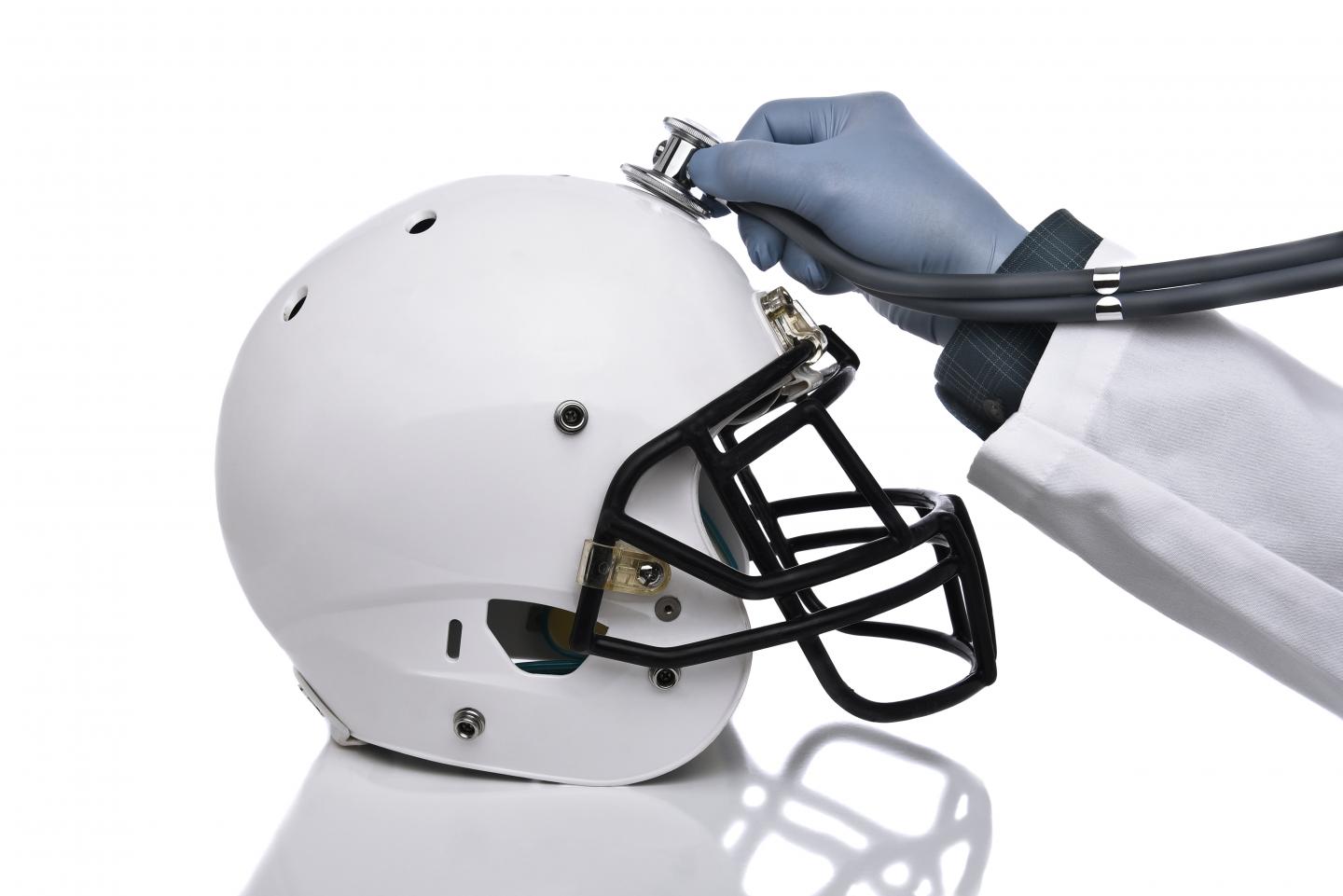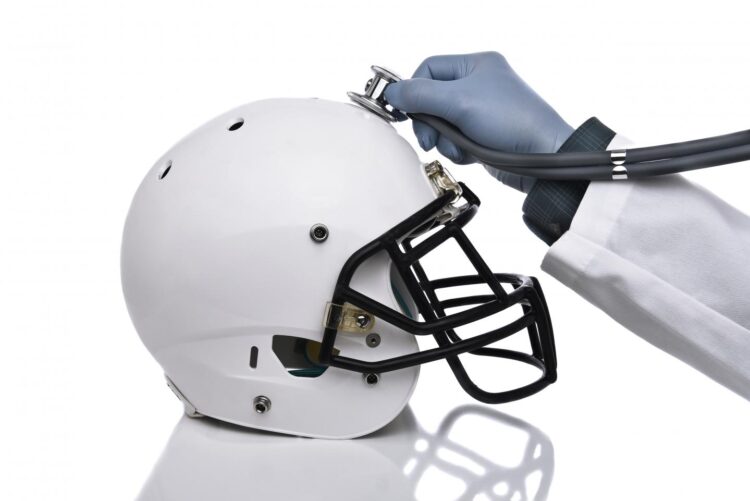Epidemiologic findings from a high school population

Credit: Getty Images
DETROIT – Young athletes are sidelined for at least one month after suffering a concussion, according to a Henry Ford Hospital study that provides new perspective on concussions and brain injuries.
The study’s results were published ahead of the Michigan High School Athletic Association’s recent announcement that the fall high school sports season will begin as traditionally scheduled, with football practices starting on Aug. 10.
The findings published by Orthopedics, a nationally recognized, peer-reviewed journal for orthopedic surgeons, are from a study conducted between September 2013 and December 2016. The study focused on 357 high school adolescents who sustained one or more concussions by analyzing historical data and then comparing it to more recent findings tied to an increase in reported concussions among young athletes.
The average age of the study’s patients was 15-and-a-half years with nearly 62% being males, the most common sport participated in by these athletes was football, followed by hockey and then soccer. From the study’s participants, 14 % reported suffering from amnesia and 33 % reported a history of concussions. Results of the study include:
- Athletes with only one concussion required just over 30 days of recovery prior to returning to sport (RTS) while others who reported a second or more concussions required more time.
- The most common sport of injury was football (27.7%). There was a high incidence of previous concussion (33.1%), and 32 athletes sustained a recurrent concussion.
- Visual motor speed and reaction time scores decreased with recurrent concussions.
- Male and female athletes with a previous history of concussion, and those with delayed diagnosis, required increased time to RTS.
The research team also found that athletes who have suffered concussions have a higher incidence of non-contact lower extremity injuries due to balance issues after concussions which may have implications on the performance, safety and well-being of athletes. These findings will be the focus of the next study also led by Toufic Jildeh, M.D., administrative chief resident in Orthopaedic Surgery at Henry Ford Hospital.
One of the earliest studies on concussion data came from the NFL’s mild traumatic brain injury committee and was published in the journal Neurosurgery in January 2004. Based on data collected between 1996 and 2001, researchers found that NFL players were sidelined for six or fewer days after a concussion.
A related 2019 study also led by Dr. Jildeh and published in American Journal of Sports Medicine showed a similar trend with NFL players being sidelined much longer.
“Historically, the literature reported a concussion prevalence of 4-5%, however recent studies have found that nearly 20% of adolescents have suffered at least one concussion, there’s a huge disparity in terms of reporting over time,” says Dr. Jildeh. Previously, it was thought that young age was a protective factor against concussion and that the neuroplasticity offered fast recovery. However, this thinking has been disproven with more recent studies.
“Concussions have been a pressing issue. We want to limit the number of concussions and head injuries in a young athlete,” says Vasilios (Bill) Moutzouros, M.D., chief of Sports Medicine at Henry Ford and a study co-author, adding that younger athletes who suffer a concussion early in life are much more likely to experience longer term effects if they get repeatedly concussed.
Kelechi Okoroha, M.D., a Henry Ford sports medicine surgeon and study co-author, points to the findings as a baseline for young athletes with a history of concussions, “Depending on the number of concussions, the 30-day mark gives us a baseline for how much time adolescent athletes required before returning to sport,” he says.
The study offers a lot of information to reflect on and build on according to Jeffrey Kutcher, M.D., medical director and sports neurologist at the Henry Ford Concussion and Sports Neurology Clinic, and global director of the Kutcher Clinic.
“Concussion diagnosis and management requires an individualized and comprehensive neurological approach to ensure we are accurately diagnosing and managing return to play effectively,” says Dr. Kutcher who also serves as advisor to the players’ associations for the National Football League and National Hockey League.
The study concludes that team physicians must be particularly mindful when evaluating an adolescent athlete due to the short and long-term neurocognitive implications, particularly as it pertains to RTS, and that high school athletes sustaining a concussion require careful attention when determining RTS readiness.
###
Media Contact
Sal Giacona
[email protected]
Original Source
https:/
Related Journal Article
http://dx.





